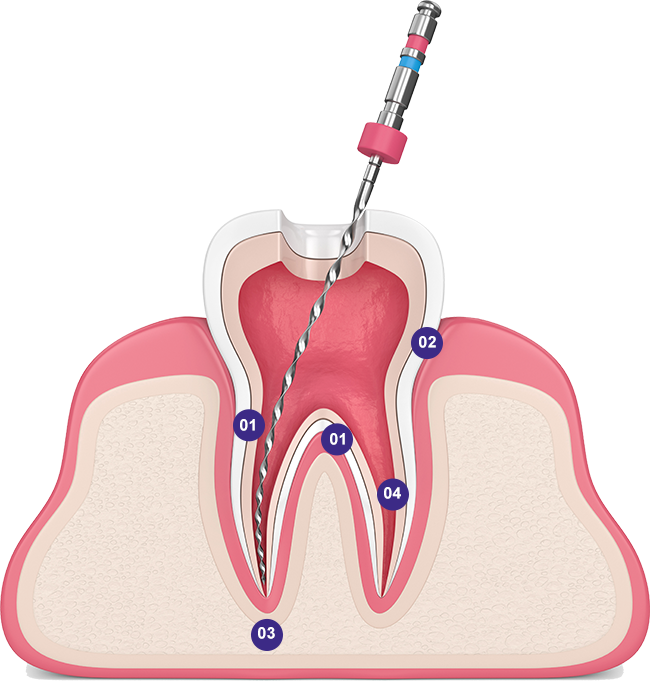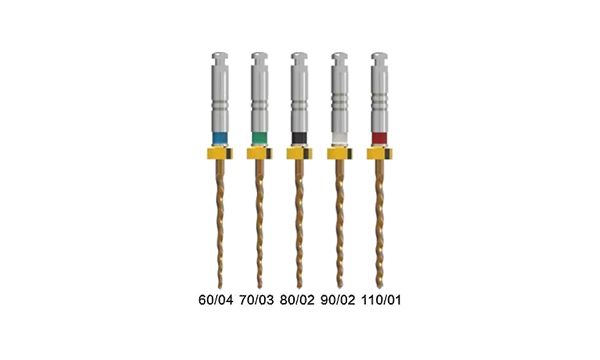Perforation in Root Canal: A Comprehensive Analysis

The occurrence of perforation in root canal treatment is a significant challenge that endodontists face. This article aims to explore the causes, consequences, and potential solutions for this complication.
Causes and Consequences of Perforation in Root Canal
Perforation in root canal can be caused by various factors such as iatrogenic errors during instrumentation, anatomical complexities, or external trauma. When a perforation occurs, it compromises the integrity of the tooth’s structure and creates pathways for bacteria to invade periapical tissues. This can lead to persistent infections, failure of root canal treatment, and even tooth loss if not addressed promptly.
To prevent or manage perforations effectively, innovative techniques and materials have been developed. One notable solution is the use of biocompatible repair materials like mineral trioxide aggregate (MTA) or bioactive cements that promote healing while sealing off the perforated area.
Shenzhen Superline Technology Co.Ltd.(SLT): Pioneering Advancements
In recent years, Shenzhen Superline Technology Co.Ltd.(SLT) has emerged as a leading player in developing cutting-edge technologies for endodontic treatments. Their commitment to research and development has resulted in groundbreaking solutions specifically targeting complications like perforations.
SLT’s advanced imaging systems provide high-resolution 3D images that aid clinicians in identifying complex anatomical structures accurately. Additionally, their precision-guided instruments enable minimally invasive access to root canals while reducing the risk of procedural errors such as accidental perforations.
The Role of Endodontic Rotary Motor
An essential component contributing to successful root canal treatments is an efficient endodontic rotary motor system. These motors offer enhanced control, flexibility, and precision during instrumentation procedures. By utilizing advanced technology like adaptive motion algorithms and torque control mechanisms, endodontic rotary motors minimize the risk of perforations while ensuring optimal cleaning and shaping of root canals.
Furthermore, SLT’s endodontic rotary motor systems integrate seamlessly with their imaging software, allowing real-time monitoring of instrument positioning within the canal. This synergy between hardware and software enhances procedural accuracy and reduces the likelihood of iatrogenic complications such as perforations.
Conclusion

In conclusion, perforation in root canal treatment remains a significant challenge for endodontists worldwide. However, advancements in technologies offered by companies like Shenzhen Superline Technology Co.Ltd.(SLT) have revolutionized the field by providing innovative solutions to prevent or manage this complication effectively. With continued research and development efforts focused on improving diagnostic capabilities, instruments’ precision, and treatment outcomes, we can expect further progress in reducing the occurrence of perforations and enhancing overall success rates in root canal treatments.

Leave a Comment